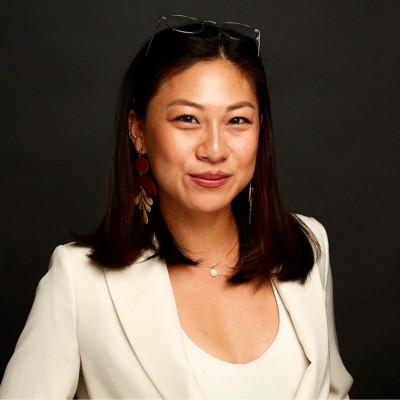- Video Library
- Jessica Pan, Radiance Therapeutics - Beta Ophthalmic Applicator | LSI USA '24
Jessica Pan, Radiance Therapeutics - Beta Ophthalmic Applicator | LSI USA '24

Jessica Pan
I am a humanitarian by mission, cell biologist by training, community builder by calling, passionate about pushing the frontiers of science to improve patient’s lives. I am a mission-driven entrepreneur at heart, a self-starter who loves working with her hands, a team player on and off the field.
I’ve spoken at international conferences, participated on panels and workshops, and chaired conferences.
I currently serve on the Columbia Mailman Alumni Board, Columbia Venture Community Global Board, and was the 2019 Bill Campbell Award recipient for exceptional leadership established by the Columbia University Trustees and Columbia Alumni Association.
I live in the realm of making the impossible, possible. A global citizen with an international upbringing, my life mission is to serve and lead with love.
Jessica Pan
I am a humanitarian by mission, cell biologist by training, community builder by calling, passionate about pushing the frontiers of science to improve patient’s lives. I am a mission-driven entrepreneur at heart, a self-starter who loves working with her hands, a team player on and off the field.
I’ve spoken at international conferences, participated on panels and workshops, and chaired conferences.
I currently serve on the Columbia Mailman Alumni Board, Columbia Venture Community Global Board, and was the 2019 Bill Campbell Award recipient for exceptional leadership established by the Columbia University Trustees and Columbia Alumni Association.
I live in the realm of making the impossible, possible. A global citizen with an international upbringing, my life mission is to serve and lead with love.

17011 Beach Blvd, Suite 500 Huntington Beach, CA 92647
714-847-3540© 2025 Life Science Intelligence, Inc., All Rights Reserved. | Privacy Policy







